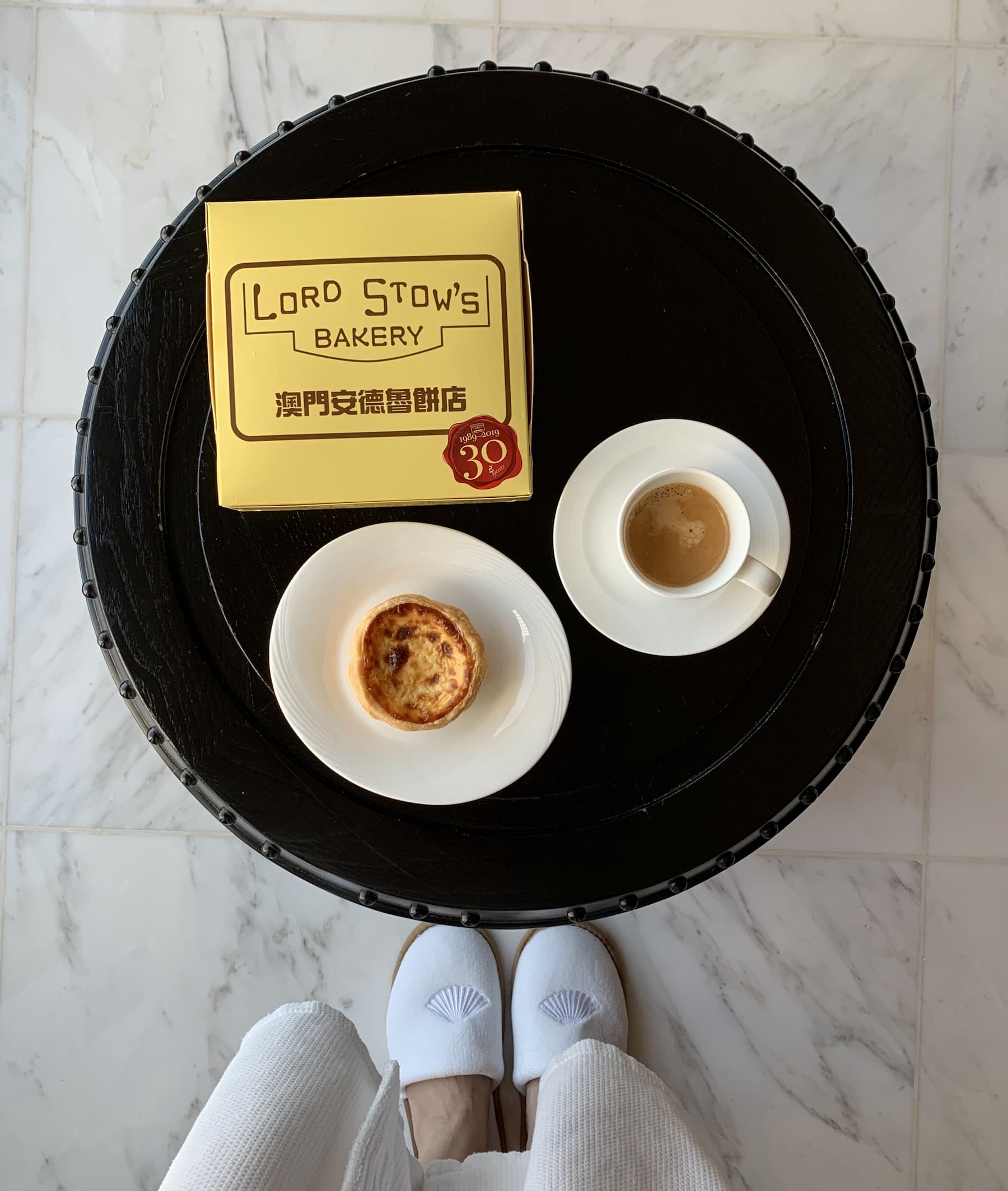
The Delicious Outcome of Doing Laundry.
Portuguese egg tarts are a highlight of any trip to Portugal and they are loved all around the world. Learn the Portuguese egg tart history and how doing laundry created this delicious pastry.
Portuguese Egg Tart History
What is a Portuguese Egg Tart?
Portuguese egg tarts are an iconic pastry with their distinctive caramelized top. They are locally known as pastel de nata, which is one piece of egg tart. So really it should be more known as pastéis de nata because you will certainly eat more than one.
Origins of Portuguese Egg Tarts
In Belém, Portugal, a district of Lison, monasteries and convents would use egg whites as starch for their laundry – to make habits of the friars and nuns look presentable, straightened, and crisp. That resulted in a lot of leftover egg yolks.
During these times in Europe, particularly France, Spain, and Portugal, nuns, and monks innovated and baked delicious sweet treats using excess leftovers. Canelés in France, tocino del cielo in Spain, and pastéis de nata in Portugal.
In terms of European influence, the English custard tart, called doucettes or darioles, was a creation during medieval times in the late 1300s. In fact, they were served at the coronation banquet of King Henry IV in 1399.
Then, in the 1700s, Portuguese monks studied in French monasteries where they learned not only about prayer but also all about pastries. Putting these influences together, they created pastéis de nata in their Jerónimos Monastery in Belém.
From Monastery to Monetary
The 1800s found Portugal in civil war and political turmoil. The monks of Jerónimos Monastery anticipated the possible closure of their monastery. So in 1820, they began selling their egg tails to a nearby sugar refinery.
In 1834, the Liberal Revolution did, in fact, close the monastery, and in order to guard the beloved egg tarts, the monks sold the recipe to the refinery.
Three years later, the refinery owners opened Fábrica de Pastéis de Belém to sell the famous pastéis de Belém (which differentiated themselves from imitation pastéis de nata).
Today, Fábrica de Pastéis de Belém is still run by descendants of the original owners using the original recipe.
From Portugal to the World
Well before Portuguese egg tarts were invented, the Portuguese had already been traveling and trading in China since 1513.
In fact, Macau was a Portuguese colony from 1557 to 1999. Within these hundreds of years, the Portuguese imparted their culture, including their cuisine.
One of the most famous examples of Portuguese culinary influence is the ever-popular Lord Stow’s Bakery which produces a hybrid of Portuguese egg tarts and English custard tart with its Portuguese pastry techniques and the heavier custard filling.
Portuguese Egg Tarts vs. Hong Kong Egg Tarts
The two most known egg tarts are the Portuguese egg tarts and the egg tarts served in Chinese dim sum. In Macau, Portuguese egg tarts are known as po tat, which is creamier, flakier, and richer.
In Hong Kong, the dim sum egg tarts are a Cantonese creation from the 1920s when Britain brought their custard tarts to southern China. This Hong Kong version is called dan tat, which is lighter and smoother in texture.
Sign up for my newsletter on the sidebar for blog updates and my travel insider tips! And, check out my vlogs on YouTube!


